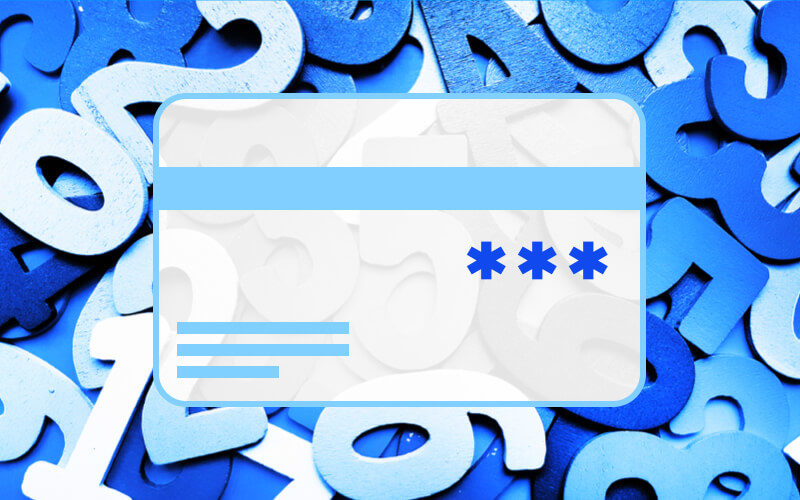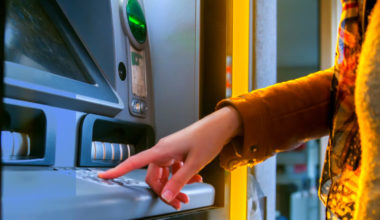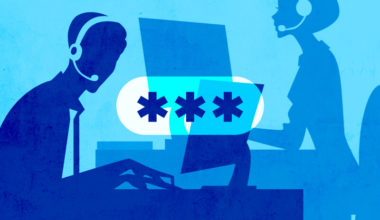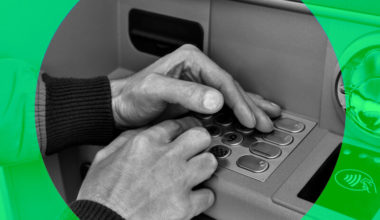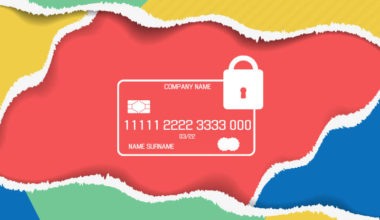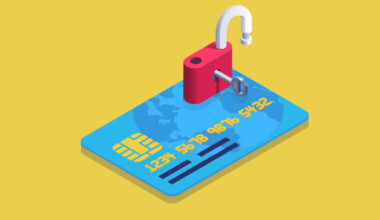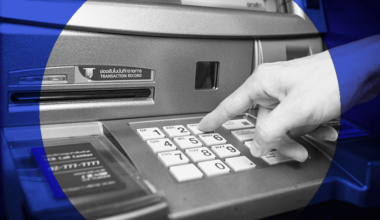CVV, in an ATM card, is a multi-digit number at the backside or frontside of any card. CVV stands for Card Verification Value which is vital for any kind of credit or debit card transaction. It is usually a 3 or 4 digit number.
CVV in an ATM card – Meaning
CVV in ATM cards is an acronym for Card Verification Value which helps to minimize fraudulent activities. It is a combination of features that the card issuers use to establish the unique identity of the card owner. It is also known by other abbreviations such as:
- CVV or CVV2 – Card Verification/Validation Value
- CVC – Card Verification Code or Card Validation Code
- CSC – Card Security Code
- CID – Card Identification Number
Different cards use different acronyms such as VISA uses CVV2 (Card Verification Value) whereas Mastercard has CVV or CSC. Similarly, Discover & American Express Cards have CID. Amex cards have a 4-digit CID, which is printed on the front side of the card. The rest of the cards have the usual 3-digit CVV on the backside, near the signature space.
All these codes have the same basic function which is to ensure that the card user is in charge of the transaction and holds the physical card.
Components of CVV
There are two parts of CVV in an ATM card or any other card. The first part of the CVV, or the first code is in the long black stripe, usually on the backside. It is a magnetic stripe containing binary data. The second part is what we discussed earlier, the flat 3 or 4 digit code.
1. Magnetic Stripe
The first code or magnetic stripe has the following features:
- It contains a lot of crucial, unique data about the user’s identity
- Data Encryption Standard also keeps the user’s data encrypted and identity safe
- A card data or magnetic stripe reader reads this information when you swipe the card in an ATM. The card reader recovers this binary data to ensure the owner’s unique identity
- It prevents fraud and theft as the stripe reader shall indicate an error or damaged card if there is any alteration of the magnetic stripe
2. Digit Code
The second part of CVV in an ATM card is the digit code which has the following attributes:
- This unique code on the magnetic stripe is converted into a decimal code to create a three or four-digit code printed on the card. This is what ensures the physical possession of the card
- The banks or card providers generate CVV using the user’s primary account number, 4-digit expiration date, and a three-digit service code. However, the exact algorithm is unknown for security reasons
- ATMs or card swiping machines cannot store or transfer the CVV or related data information during swiping or online payments. It prevents fraudulent activities as someone can not transact by simply knowing the debit or credit card number. S/he must own the physical card to know the CVV
Note: This cannot prevent the loss that you may have to bear if someone tricks you to disclose your personal/financial information on fraud calls/emails. Also, if you fall prey to phishing or if you lose your card or someone gets to know your CVV. Block the card immediately if you lose it.
- No two cards can have the same CVV. This confirms the uniqueness of the code as well as the user
- Some merchants check the CVV in an ATM card even when you do the transaction in person. This is to confirm that you own the card or you are the right user
Importance of CVV in an ATM Card
The card-issuing bank or institution creates CVV in an ATM card that acts as a security against theft, fraud, or unauthorized transactions. You will have to share the CVV when you do online payments to ensure that the card user possesses the card. Once you enter the CVV, you get an OTP (One Time Password) on your registered mobile number to complete the transaction. This further enhances the security as one may not be able to do payment without OTP. However, if you lose your card, then someone may misuse it by swiping at any payment gateway.
Difference between CVV in an ATM card and a PIN
You must not confuse CVV in ATM cards with the ATM PIN (Personal Identification Number). You need not enter the CVV at ATMs for cash withdrawals, balance checks, PIN changes, etc. But, you need CVV for online payments or swiping cards. On the other hand, ATM transactions require an ATM PIN. Also, you can auto-generate the PIN and not the CVV. The PIN is usually a four-digit number that acts like a password to do a transaction from your account.
To Conclude:
CVV in ATM cards or Card Verification Value is a usually 3 or 4 digit number that serves as a unique identifier of the user. You need to enter the CVV for online payments & transactions and you must not share your CVV number with anyone. This acts as a safety net against fraudulence and prevents unwarranted transactions.


